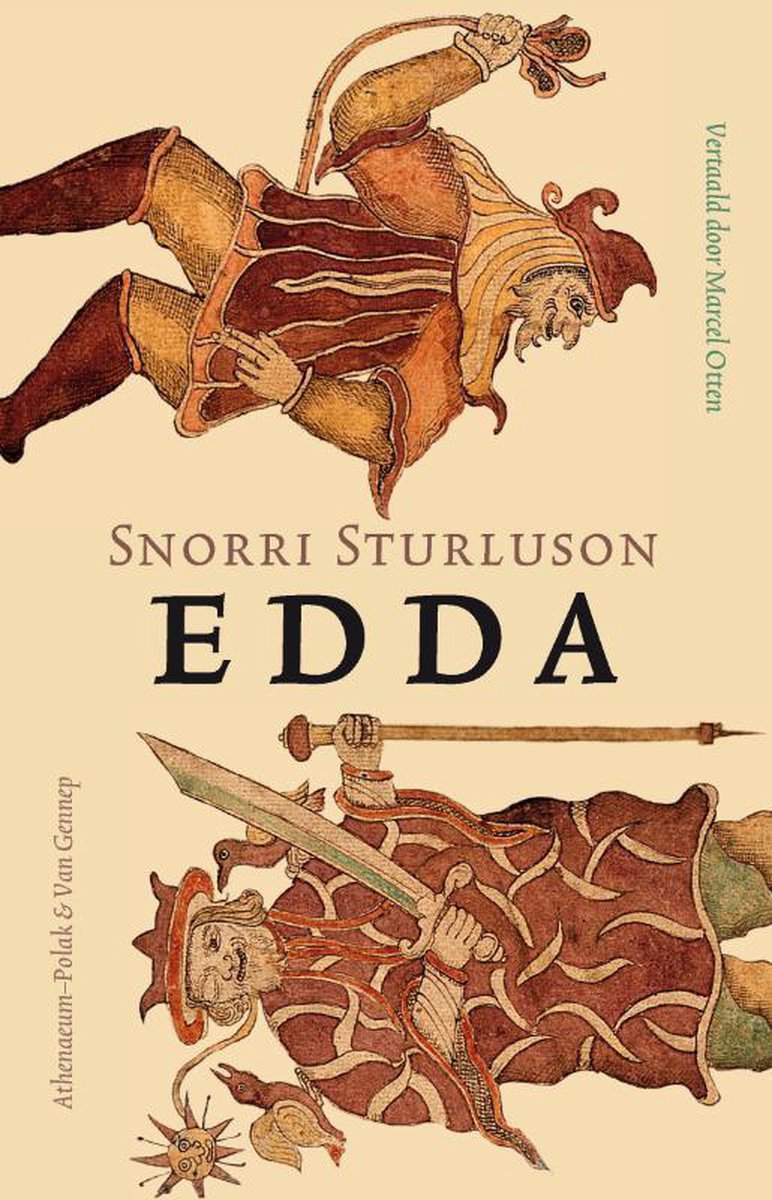

The general assumption is these were once separate texts which were stitched together in the 1200s, hence Snorri’s credit as compiler. The recent Penguin translation by Jesse Bycock (2005), including a handy introduction, family trees, a useful glossary and rather thin notes, runs to just 180 pages, with the core of the text, the Gylfaginning a mere 70 pages long.


It sets out to explain the key tenets of Norse mythology to tell the key legends and myths then it patiently lists all the ways a poet should refer to all the key protagonists of the culture, not just the gods and heroes but the earth, the sea, the sky etc it explains key poetic techniques such as kennings and heiti and it concludes with a long section of practical criticism, showing the metre and diction of Norse poetry in practice.Īll this in a surprisingly short space. The ‘Prose Edda’ is a textbook or training manual for trainee Icelandic poets. The Elder (poetic) Edda and Younger (prose) Edda in one edition on Project Gutenberg.The Elder or Poetic Edda on the University of Toronto website (1908 translation with introduction and the original Icelandic on facing pages).The Prose (or Younger) Edda on Project Gutenberg (1879 translation).He is explicitly stated as having written the fourth section and is, by extension, often credited with the entire compilation so that it is sometimes referred to as ‘Snorri’s Edda’. The ‘Prose Edda’ is traditionally associated with the real-life Icelandic scholar and chieftain, Snorri Sturluson (1179 to 1241). There is so little material and what there is is often impenetrably obscure or confusingly ambiguous. This uncertainty about the very name of the central sources of this culture epitomises the hundreds of other ambiguities and uncertainties one comes across in Norse mythology. Wikipedia explains the main theories of the meaning of ‘edda’. It is striking that nobody really knows what ‘edda’ means.

Most of our knowledge of Norse mythology comes from two sources, the ‘Prose Edda’ and the ‘Poetic Edda’, both compiled from older texts during the 12th century, in Iceland.


 0 kommentar(er)
0 kommentar(er)
